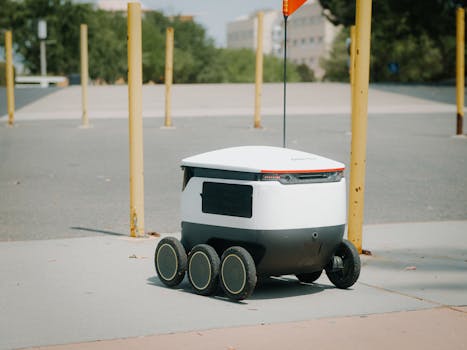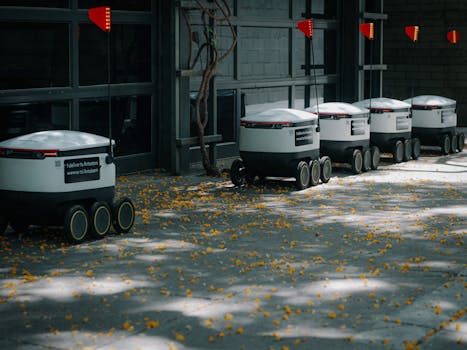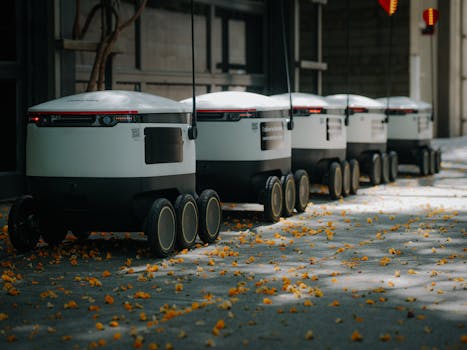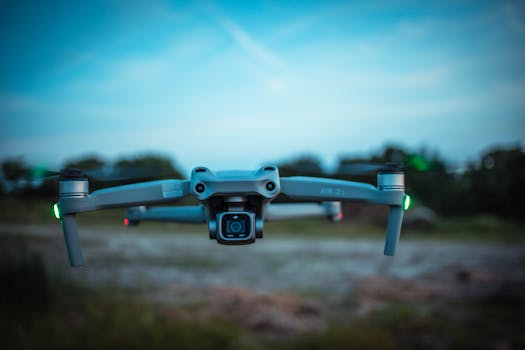
Introduction: The Future of Transportation

As we move deeper into the 21st century, the landscape of transportation is radically evolving. By 2025, the integration of advanced technology into transport systems has changed how we commute, deliver goods, and create sustainable environments. This transformation relies on cutting-edge tech gadgets designed to enhance efficiency, safety, and user experience.
1. Autonomous Vehicles: Driving Tomorrow’s Roads

The concept of self-driving cars has progressed from science fiction to a workable reality. By 2025, various manufacturers will harness sophisticated artificial intelligence (AI) technologies to produce fully autonomous vehicles. These cars utilize sensors, cameras, and data analytics to navigate roads decision-free, changing the very fabric of our transportation.
Companies like Tesla, Waymo, and numerous automakers are providing pilot programs across many urban environments. These self-driving cars promise enhanced safety, reduced traffic congestion, and freed-up personal time for commuters. Imagine reading, working, or relaxing as you whirl effortlessly from one place to another!
2. Electrification:Combating Pollution and Powering Efficiency

As the world grapples with climate change, electrification becomes necessary for future transportation. Vehicles powered by electric batteries are expected to dominate the streets by 2025. With gadgets capable of numerous quick-charge options, the unpleasant experience of slow recharging may also be a thing of the past.
Innovative battery technology, like solid-state batteries, enhances power and charging efficiency. Furthermore, gadgets like smart charging stations, equipped with solar panel technology and networking capabilities, facilitate seamless energy transfer while monitoring health to minimize downtime.
3. Smart Traffic Management Systems

Traffic congestion is a significant issue in urban areas, resulting from outdated systems failing to adapt to current demands. Smart traffic management systems, emerging by 2025, utilize big data and IoT technology to treat traffic flow wisely.
Real-time data analytics take into account various factors, adjusting traffic lights dynamically per city needs. These systems decrease vehicular wait times, optimize energy usage, and significantly cut down on greenhouse gas emissions.
Furthermore, driving apps will synchronize with these systems providing alerts to drivers about congestions or collisions, offering alternative routes and thus calming the flow of roadside distractions.
4. Drones and Personal Aerial Vehicles

Drones in urban logistics and personal vehicles offer uncharted methods for delivery services, emergency response, and personal commuting, all set to become prevalent by 2025. These flying economy gadgets promise timely deliveries, high speed, and eco-friendly options as traffic woes encourage creativity.
Drones incorporate sophisticated navigation systems, thus necessitating infrastructure that clearly defines so-called “drone highways.” Rules, regulations, and operational spaces would synchronize to guarantee safety in the airspace, marking what could seem like an eco-go-friendly future ahead.


